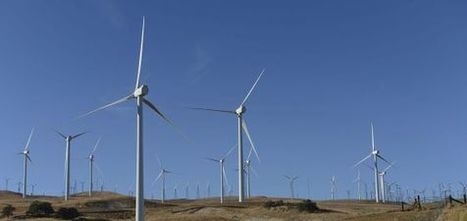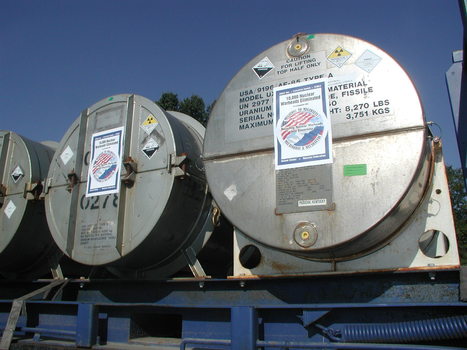Nuclear energy has proven to be effective at producing large amounts of power with small amounts of fuel; this video explains some of the problems involved.
Get Started for FREE
Sign up with Facebook Sign up with X
I don't have a Facebook or a X account
 Your new post is loading... Your new post is loading...
 Your new post is loading... Your new post is loading...

PIRatE Lab's curator insight,
September 6, 2014 10:49 AM
When we calculate the direct costs (leaving aside the issues related to waste internment and multi-millenium storage of highly radioactive substances) of nuclear power, decommissioning must be in the equation. I have found such costs rarely are accounted for. When they are the estimates are typically rarely close to the actual amounts we have seen (e.g. >$4 billion for this SONGS example).

JAcK Digital Media's curator insight,
February 28, 2014 12:27 PM
How to Make a Cheap Battery for Storing #Solar Power via @TechReview #energy #sustainability

ramiro alonso's curator insight,
February 4, 2014 7:20 AM
Una campaña para una empresa de electrificación realizada sin electricidad. |

JAcK Digital Media's curator insight,
February 27, 2014 11:31 AM
Huge Solar Farms On California’s Public Lands Could Power 170,000 Homes via @EcoWatch

JAcK Digital Media's curator insight,
January 17, 2014 1:26 PM
#Spain breezes into record books as #wind power becomes main source of #energy #sustainability
|







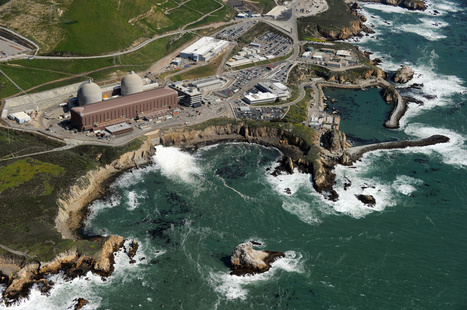
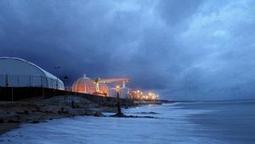

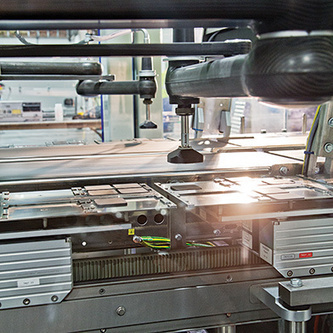



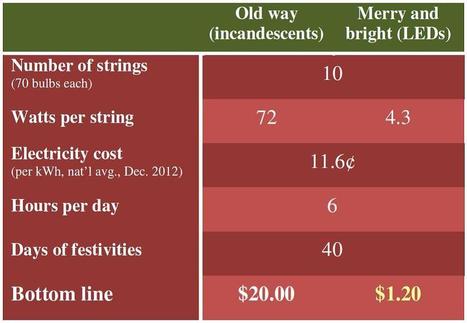



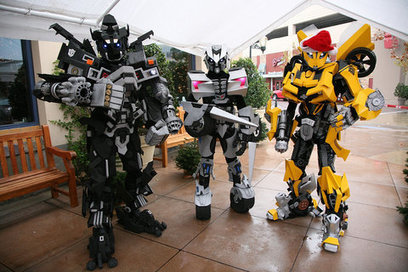
![Wind Turbines Generate “Upside-Down” Lightning [Video] | Sustainability Science | Scoop.it](https://img.scoop.it/0lKWJTkhOOBCKi3oBf7TXTl72eJkfbmt4t8yenImKBVvK0kTmF0xjctABnaLJIm9)


